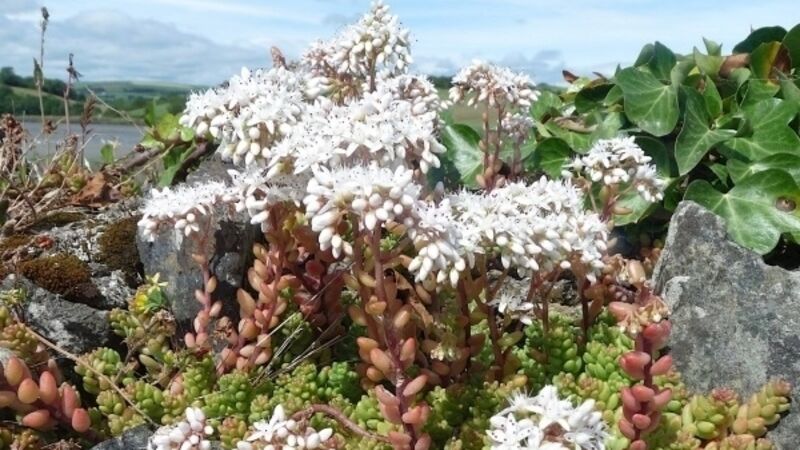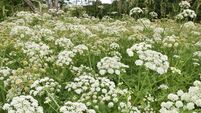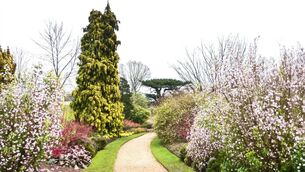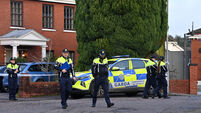Gazing at hedgerows a much under-rated summer activity

On these midsummer days of this (mostly) lovely midsummer weather, there’s so much to look at when one goes walking that it’s almost impossible to get any walking done.
Not meaningful walking anyway. By ‘meaningful’, I mean the kind of walking that keeps the body trim, the heart regular and the mind serene.













